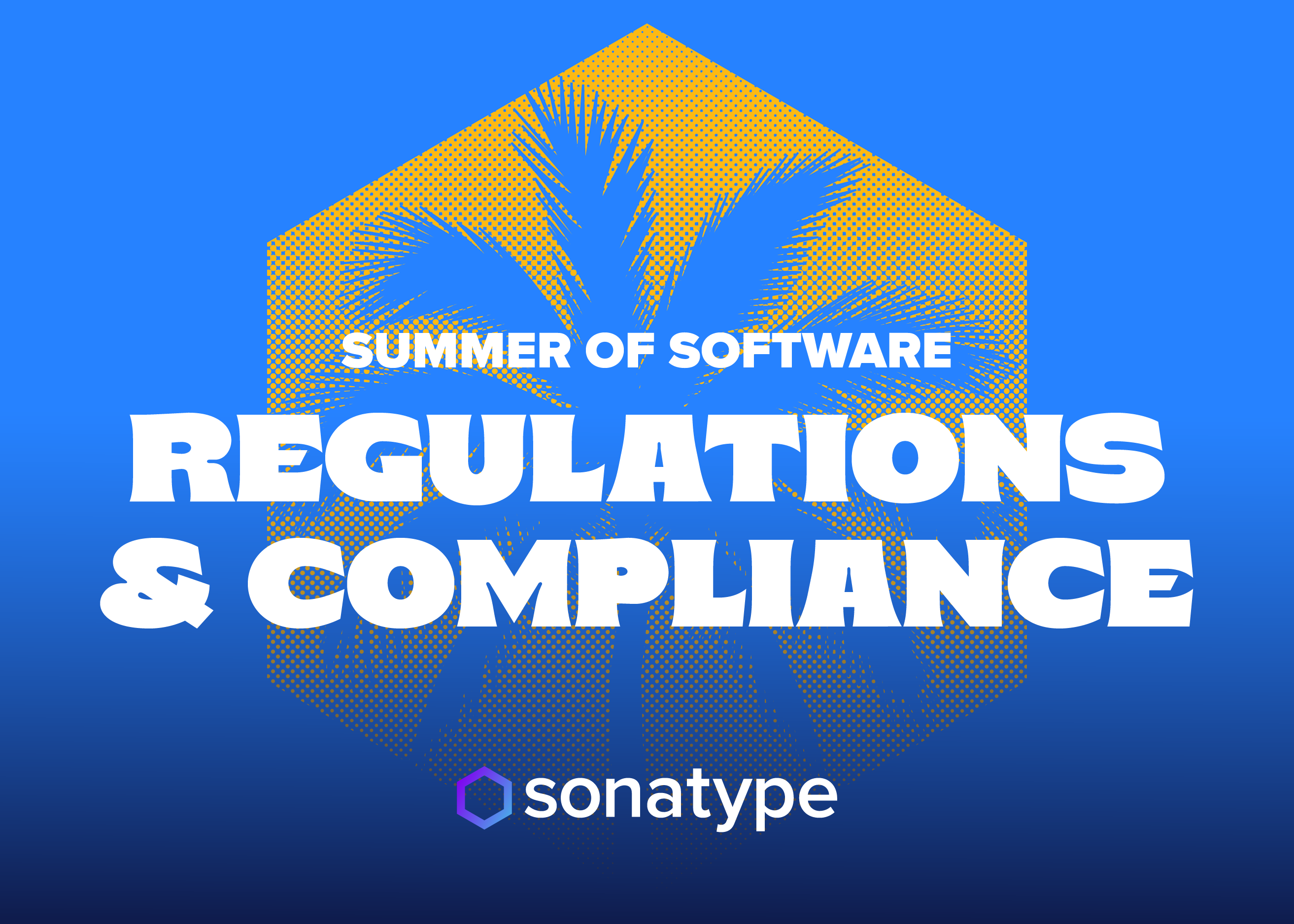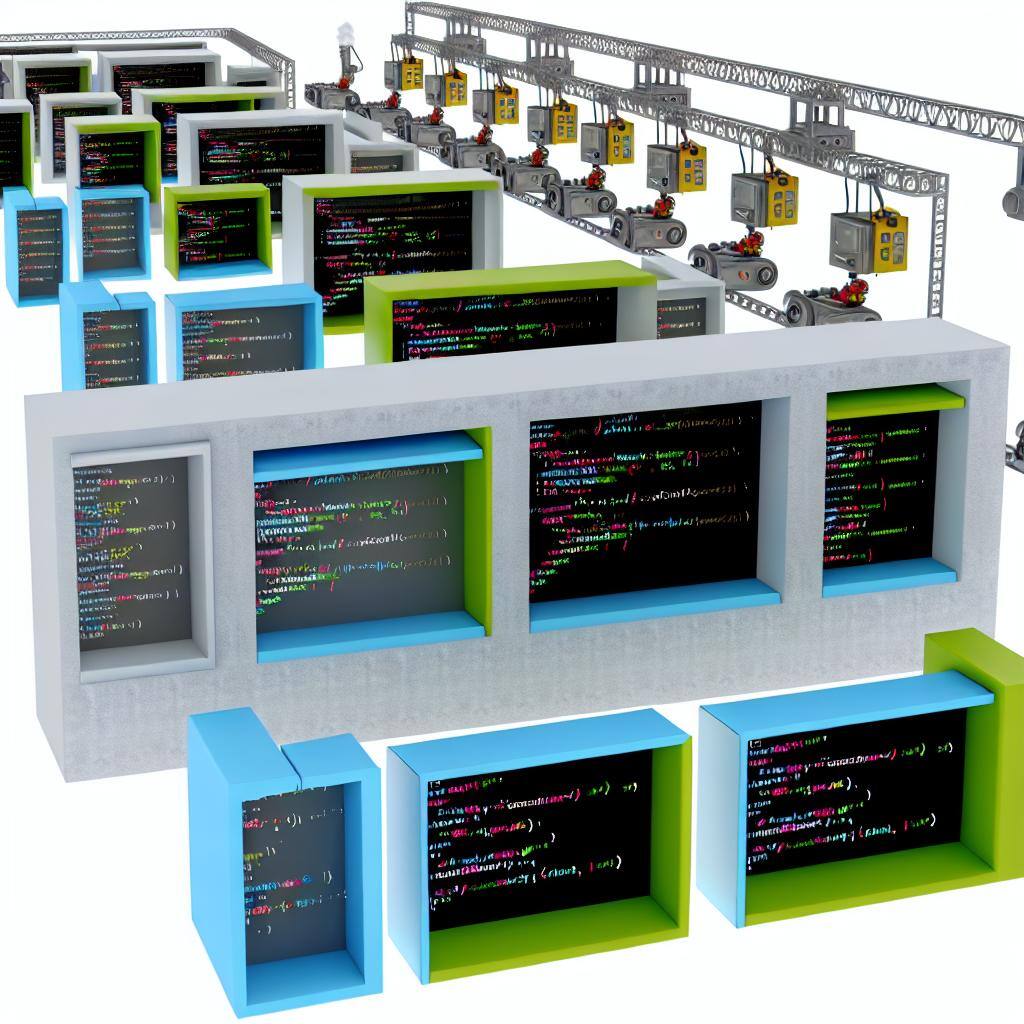As software underpins both business innovation and daily life, the significance of software supply chains cannot be overstated. These supply chains remain pivotal, not just in accelerating the pace of software development, but also in enhancing its efficiency and quality. Prioritizing the security and integrity of software supply chains is crucial for delivering applications that are not only high-performing but also secure in an increasingly digital world.
Enter Supply-chain Levels for Software Artifacts (SLSA) – a robust and comprehensive framework designed to protect software supply chains from a spectrum of evolving threats. SLSA stands as a bulwark, ensuring that the arteries of software development are safeguarded against disruptions and vulnerabilities that can compromise software integrity.
In this article, we navigate through the core of SLSA and explore:
- its fundamental components;
- its critical importance in the contemporary tech landscape;
- the spectrum of its beneficiaries; and
- its operational mechanisms.
Furthermore, we dissect how SLSA plays a pivotal role in mitigating risks and enhancing the security posture of software supply chains, thereby ensuring the delivery of trustworthy and resilient software solutions.
What is SLSA?
SLSA is a security framework designed to prevent tampering, improve integrity, and secure software supply chains.
Developed as part of a broader initiative to standardize software supply chain security, SLSA provides a series of progressively stringent security standards for software artifacts. It’s aimed at ensuring that software is produced and delivered securely, reducing the risks of malicious alterations and vulnerabilities.
Key components of SLSA
SLSA comprises four levels, each with increasing security rigor:
- Level 1: Focuses on basic code provenance, ensuring that the software build process is initiated in a controlled environment.
- Level 2: Adds an extra layer of management by enforcing version control and protected build environments to prevent unauthorized modifications.
- Level 3: Introduces rigorous checks for the integrity of the source code and build process.
- Level 4: The highest level, ensuring the maximum security with hermetic, reproducible builds and thorough auditing.
Each level builds upon the security guarantees of the previous one, forming a comprehensive framework.
Why is SLSA important?
The significance of SLSA stems from its ability to combat a range of threats in software supply chains, such as unauthorized access, code tampering, and other vulnerabilities that can lead to severe security breaches.
By implementing SLSA, organizations can significantly reduce the risks associated with software development and distribution, ensuring that the software remains secure and trustworthy throughout the supply chain.
Who benefits from SLSA?
SLSA is beneficial across various stakeholders in the software development life cycle (SDLC):
- Development teams: By adhering to SLSA standards, developers can mitigate risks early in the development process, reducing the need for extensive security rework.
- Organizational leadership: SLSA helps to ensure software security aligns with business objectives, such as timely delivery and budget adherence.
- End users: Secure software products build trust and reliability in the end-users, ultimately benefiting the software’s reputation and adoption.
How does SLSA work?
SLSA works by setting a series of standards and requirements that must be met at each level.
As software moves through the development pipeline, it must comply with the stipulations of each SLSA level. This includes ensuring proper source control, secure build environments, robust documentation, and reproducibility of builds.
The framework provides clear guidelines and best practices, making it easier for development teams to incorporate security measures into their workflow without significantly hindering productivity.
SLSA’s impact on software supply chain threats
The SLSA framework stays intricately linked to mitigating threats in software supply chains. It addresses common vulnerabilities such as:
- unauthorized code changes, by enforcing strict controls on code provenance and build processes;
- software supply chain attacks, reducing the risk of third-party tampering or compromising software dependencies; and
- reproducibility issues, ensuring that builds can be independently verified, increasing confidence in the software’s integrity.
An asset for software development
SLSA is a vital tool in the arsenal of modern software development, providing a structured approach to securing software supply chains.
Its implementation not only enhances security but also aligns with the goals of delivering reliable software on time and within budget.
As threats to software supply chains evolve, embracing frameworks like SLSA becomes crucial for maintaining the trust and integrity of software systems.
Related Resources


